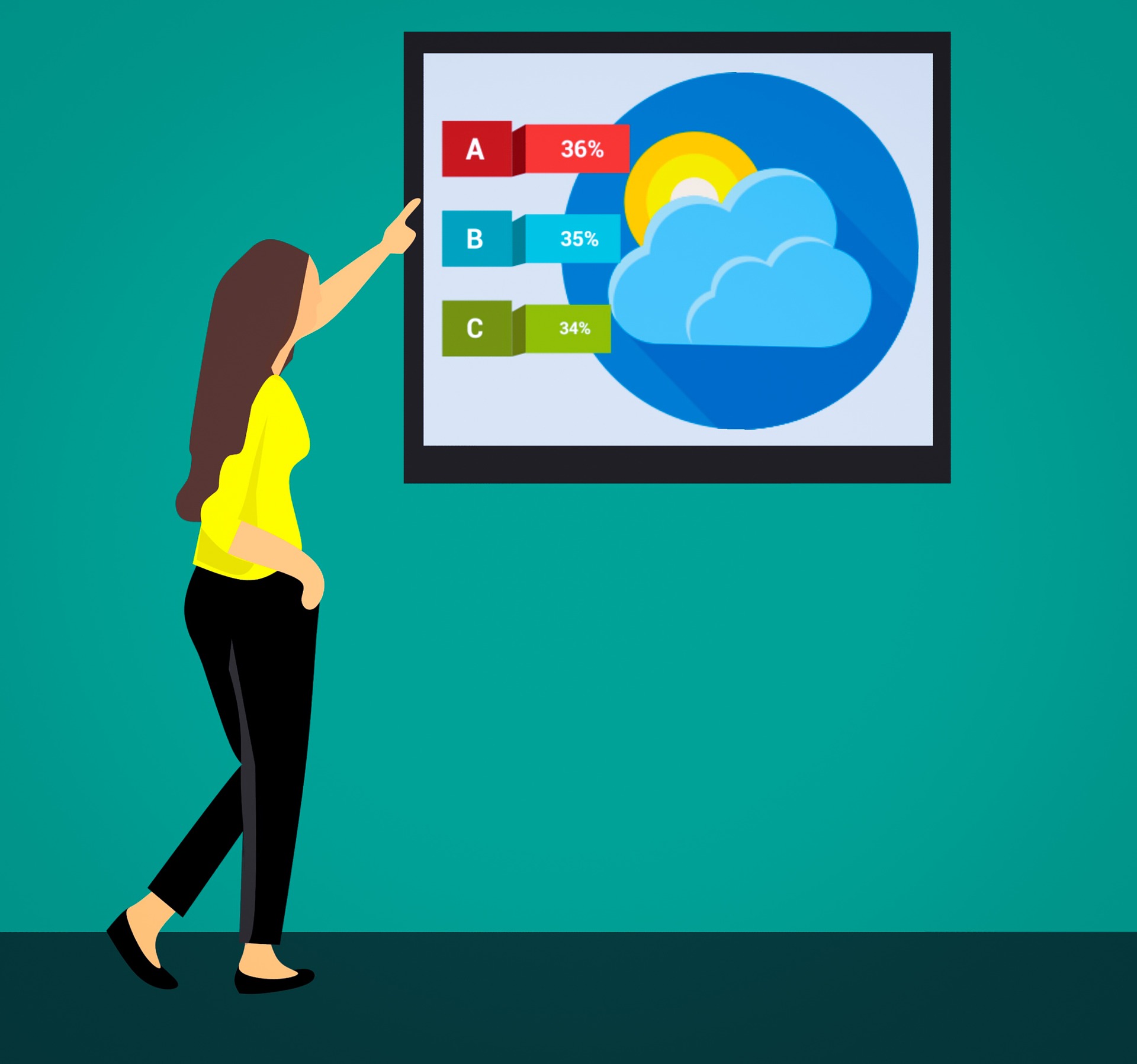
Weather, a constant companion in our daily routines, holds sway over various choices – what we wear, travel, and even our activities. But its influence extends far beyond personal, considerably impacting the intricate workings of businesses across diverse sectors. From agriculture to transportation, retail to energy, weather fluctuations wield transformative power, prompting industries to harness the potential of advanced weather models for forecasting and decision-making.
This blog post delves into the symbiotic relationship between weather forecast models and business dynamics. We uncover how these predictive tools, fueled by cutting-edge technology and data analytics, fuel the engines of commerce by translating meteorological intricacies into actionable insights.
Weather models emerge as the guiding compass for industries navigating the ever-shifting landscape of climatic variables from the fields to the skies, from supply chains to energy grids.
Agriculture
One of the most significant industries impacted by weather is agriculture. Farmers depend heavily on weather forecasts in decisions about planting, harvesting, fertilizing, and pesticide applications. Weather models can provide farmers with critical information such as expected temperature ranges, rainfall amounts, and wind speeds/directions- all of which help farmers decide when to plant their crops or apply chemicals.
Moreover, predicting drought conditions or severe storms can inform farmers’ ability to irrigate their fields correctly or take actions like covering crops with tarps during hailstones.
Retail Industry
Another industry impacted by weather is retail. Weather patterns have been seen to be linked closely with specific behaviors of customers’ shopping activities. Insights from data analysis have revealed that various categories of retail products are notably influenced by consistent climate patterns, encompassing temperature fluctuations and forecasts for precipitation. These patterns contain different weather conditions, from snowstorms and rainy days to hot summer weather.
Businesses in the fashion industry respond as fast as possible when fashion tends to shift due to variations in temperatures providing trendy clothing options, even factorizing individual zip codes into consideration.
Transportation
The aviation industry heavily depends on accurate and timely weather reports to make informed decisions. Flight schedules are adjusted based on atmospheric conditions. For example, prediction systems can identify factors such as dangerous turbulence, leading airline companies to issue official notices hours before scheduled departure times and allowing passengers to reschedule their travel plans. Severe weather events like thunderstorms can disrupt flight schedules, affecting departure times and pricing. Additionally, weather conditions can impact passenger capacity limits imposed on flights for safety reasons.
Shipping depends on navigation around different wind velocities and intensity dangers, especially when planning long, costly ocean freight trips.
Energy and Utility
Weather plays an essential role in the energy industry too. Energy firms need to know expected fluctuations in temperature ranges that customers may experience to plan for increased usage during cold snaps or uses of air conditioning appliances during hot spells.
Meteorological phenomena influence every form of alternative energy production—observable factors, such as solar wind speeds, impact energy sources like solar panels. Additionally, changing weather patterns affect river water flow levels, which can be harnessed for generating hydropower. These variations have direct implications for the daily operations of energy production facilities.
Solar energy production relies on optimizing exposure to direct sunlight throughout daylight hours. Weather models assist in predicting the optimal angles for positioning solar panels and tracking sun trajectories with the help of satellites.
This information ensures that panels are placed to receive maximum sunlight, thereby enhancing energy output. Weather patterns also significantly impact wind energy production, with fluctuations in wind speed determining the efficiency of wind turbines.
Insurance Sector
The insurance industry relies heavily on weather models to assess and mitigate risks associated with natural disasters. Insurance companies can predict the likelihood and severity of events like hurricanes and floods by analyzing atmospheric trends. This information empowers them to adjust premium rates and take preventive measures to protect policyholders. For homeowners and businesses in vulnerable areas, accurate weather predictions provide valuable insights, enabling them to undertake necessary precautions and enhance disaster resilience.
Tourism and Hospitality
The tourism and hospitality industry is intricately tied to weather conditions, as the climate of their chosen destination significantly shapes travelers’ experiences. Weather models play a pivotal role in helping this sector’s businesses anticipate and accommodate weather pattern fluctuations. Resorts, hotels, and travel agencies rely on accurate weather forecasts to manage reservations, plan activities, and ensure guest safety and comfort.
For instance, beach resorts must be prepared for sudden weather changes that might impact outdoor activities or water sports. Ski resorts monitor snowfall predictions to manage slope conditions and inform skiers about the availability of fresh powder. Additionally, travel agencies take advantage of weather models to offer tourists valuable insights into the climate they can expect during their trips, assisting them in packing appropriate clothing and making informed decisions about their travel plans.
Conclusion
In the intricate tapestry of our modern world, the influence of weather on businesses is undeniable. As temperatures soar and climate shifts unfold unpredictably, accurate weather forecasts become paramount. In this dynamic landscape, companies stand poised to leverage sophisticated weather forecasting models empowered by the convergence of green technology and machine learning.
This alliance manifests in cloud-based analytics platforms, which unravel the latest insights with unprecedented precision. These platforms fuel renewable prediction engines by harnessing structured information from diverse sources seamlessly integrated through proprietary APIs. This synergy not only grants real-time access to location-specific weather data but also ushers in a new era of seamless automation and reliability.
As businesses navigate the complexities of our climate-transformed world, the marriage of cutting-edge technology and weather forecasting emerges as a beacon of resilience, steering them toward informed decisions and sustainable success.
Interesting Related Article: “Unlocking the Future: The Power of Forecasting Software“

